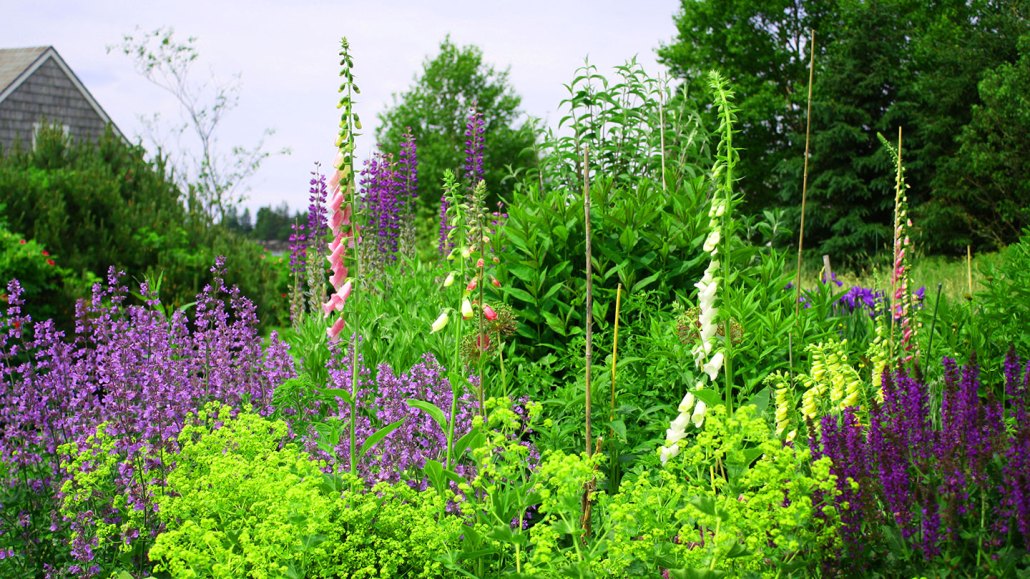Questions for ‘Making yards more diverse can reap big environmental benefits’

Yards don’t have to be big, flat expanses of grass. This one in Maine is filled with a variety of wildflowers.
coastalpics/iStock/Getty Images Plus

Yards don’t have to be big, flat expanses of grass. This one in Maine is filled with a variety of wildflowers.
coastalpics/iStock/Getty Images Plus